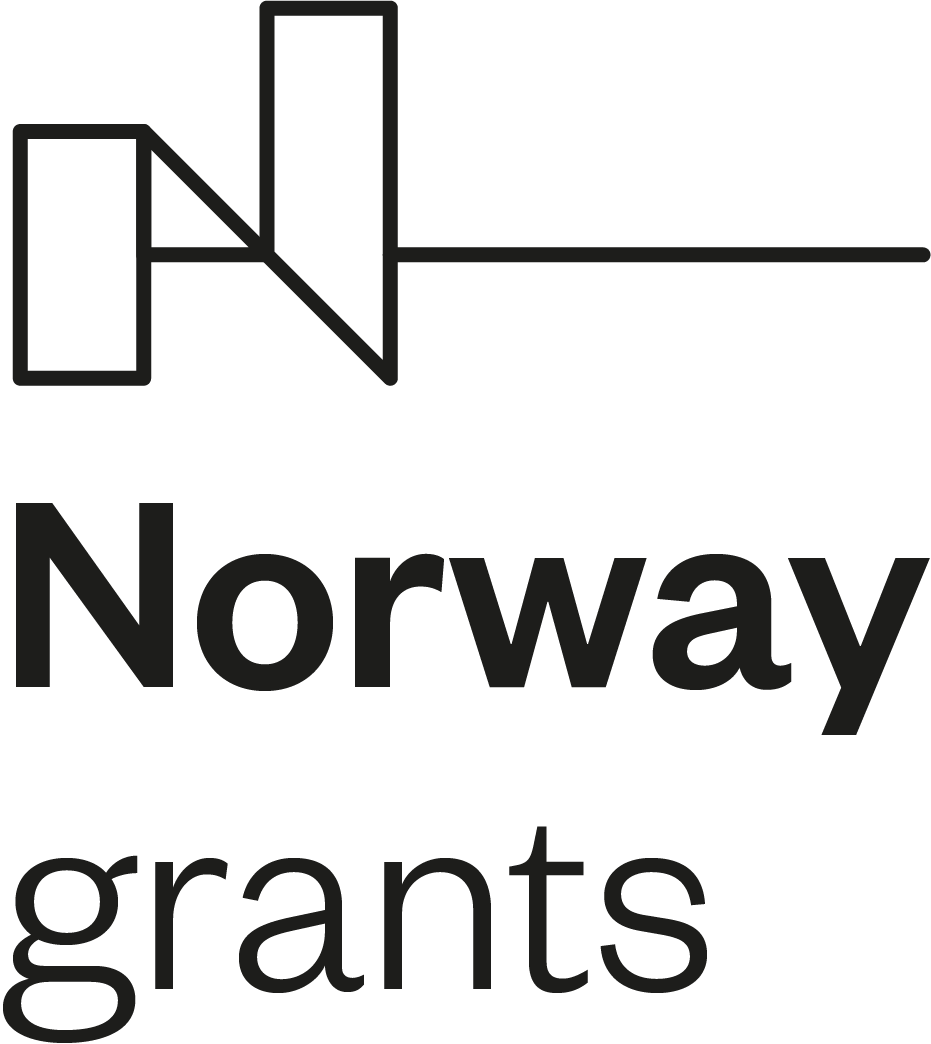Imagine you are at home recovering from a serious disease. You have a scheduled appointment with the doctor in one week, but you suddenly feel better. Two days pass and you feel much worse - you try calling the doctor, but everyone at the hospital is busy. You wait and feel well again, just before the consultation. How to explain all the ups and downs to the doctor? It’s even hard to remember!
Now imagine the same scenario, with one difference: you can, at any time, write down how you are feeling and the doctor can see these notes in real-time. You log that you feel bad and the doctors suggest an urgent appointment with you. The consultation starts at the right time when the doctor can check the symptom.
Much better, right? This second scenario shows the power of PROs (Patient-Reported Outcomes).
“PRO is the information that comes directly from the patient and helps both patient and clinician keep the information about different aspects of the disease,” explains Piotr Kuszmiersz, doctor and researcher in the Jagiellonian University Medical College Department of Rheumatology and Immunology.
With PROs on hand, healthcare professionals can create specific measures to get more detailed information from the patient’s perspective. These are called PROMs (Patient-Reported Outcome Measurements) and can facilitate the assessment of Health-related quality of life, symptoms burden, drug efficacy and safety, and much more.
PROMs are an extremely useful tool across the board.
- Patients get more engaged in their own care
- Healthcare professionals acquire context to carry out both low and high-profile decisions related to treatment
- IT innovative system can use these data to optimize remote scheduling of the appointment time
- Scientists have an easier time collecting and researching data since PROMs are likely to be structured already
Why Aren't PROs Everywhere?
One question that lingers is - if it’s so great, why isn’t it everywhere already?
Focusing on Patient-Reported Outcomes is not a new concept, but they can be tricky to implement. Some questions: how do we allow patients to send notes securely? What information do we collect? How do we present this to doctors and nurses in a clean and useful way? How to make a prognostic value of these data?
This requires a systematic approach and is a challenge PolNor is addressing head-on in Poland.
How PolNor Advances PROs in Poland
Following the successful Norwegian footsteps, Polish healthcare professionals and patients are using DiagraphIT to collect PROs. The software is highly specialized and has features sanctioned by consultants from the area.
In practice, rheumatology patients in Poland already use it to answer standardized questionnaires about their disease and send data from devices that record health parameters.
At the same time, professionals can organize notes and have an overview of the patients’ disease activity with little effort.
And that is only the beginning. More enrolled patients and time will mean more prospective data to analyze. “It's the opportunity to use other technologies like AI to build algorithms to organize patient visits with monitoring and alerting,” exemplifies Piotr.



